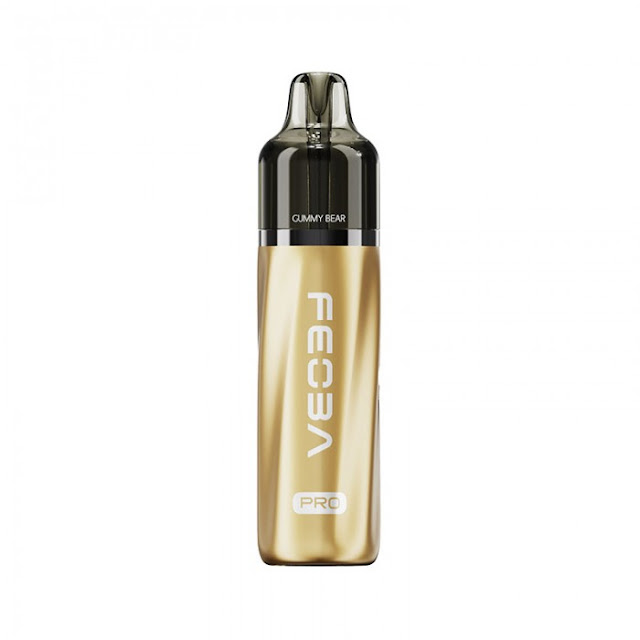Health and Safety Considerations: Vaping with E-Juice in the UK
Introduction
Vaping has emerged as a popular alternative to traditional smoking, with millions of people worldwide using electronic cigarettes to satisfy their nicotine cravings. In the United Kingdom, vaping is well-regulated, and the government supports it as a less harmful option for smokers. However, as with any activity that involves inhaling substances into your body, there are important health and safety considerations to keep in mind. This guide will explore the key health and safety considerations when vaping with e-juice in the UK.
1. Choose a Reputable Supplier:
The first step in ensuring your safety when vaping in the UK is to choose a reputable e-juice supplier. Look for suppliers who adhere to UK regulations and produce e-liquids that meet safety standards. Reputable suppliers provide detailed information about their products, including ingredient lists, nicotine levels, and manufacturing processes. Avoid purchasing e-liquids from unverified sources, as they may not meet safety standards and could pose health risks.
2. E-Liquid Ingredients and Quality:
E-liquids typically contain four primary ingredients: propylene glycol (PG), vegetable glycerin (VG), nicotine, and flavorings. Understanding these ingredients is essential for your health and safety:
Propylene Glycol (PG): PG is commonly used in e-liquids for its ability to carry flavors effectively and provide a throat hit similar to smoking. It is generally recognized as safe for inhalation, but some individuals may be sensitive to PG and experience throat irritation. If you have such sensitivity, consider e-liquids with higher VG content.
Vegetable Glycerin (VG): VG is responsible for vapor production and contributes to the smoothness of the vapor. It is considered safe for inhalation and is often preferred by vapers who want thicker clouds and a smoother inhale.
Nicotine: Nicotine is an addictive substance found in tobacco and e-liquids. In the UK, e-liquids are available in various nicotine strengths, ranging from 0mg (nicotine-free) to higher levels suitable for heavy smokers. If you are new to vaping or not a current smoker, it is advisable to start with lower nicotine levels or nicotine-free e-liquids.
Flavorings: Flavorings are added to e-liquids to create a wide range of flavors. UK regulations require that flavorings used in e-liquids are safe for inhalation. Reputable e-liquid manufacturers comply with these regulations to ensure consumer safety.
3. Regulatory Compliance:
In the UK, e-cigarettes and e-liquids are regulated by the Medicines and Healthcare products Regulatory Agency (MHRA). The MHRA ensures that vaping products meet safety and quality standards. Look for products that are registered with the MHRA, as this is an indicator of compliance with UK regulations.
4. Battery Safety:
Vaping devices are powered by rechargeable batteries, and proper battery safety is crucial to prevent accidents and injuries. Here are some battery safety tips:
- Use high-quality, reputable batteries designed for vaping devices.
- Avoid overcharging your batteries, and use a suitable charger.
- Inspect your batteries regularly for damage or wear, and replace damaged batteries immediately.
- Follow the manufacturer's recommendations for battery usage and maintenance.
5. E-Liquid Storage and Handling:
Proper storage and handling of e-liquids are essential to maintain their quality and prevent accidents:
- Store e-liquids in a cool, dry place, away from direct sunlight and heat.
- Keep e-liquids out of reach of children and pets. Consider using child-resistant caps.
- Do not ingest or drink e-liquids, as they can be harmful or toxic when consumed.
6. Avoid DIY E-Liquid Mixing (Unless Experienced):
While some vapers choose to create their e-liquids through DIY mixing, it is not recommended for beginners. Mixing e-liquids requires precise measurements and knowledge of the ingredients to ensure safety and quality. Inexperienced mixing can result in unsafe e-liquids that may pose health risks.
7. Vaping Etiquette:
When vaping in public spaces or around others, it's essential to practice vaping etiquette:
- Respect designated vaping areas and adhere to no-vaping rules where applicable.
- Be mindful of others' preferences and avoid blowing large clouds of vapor in crowded or confined spaces.
- Practice responsible vaping to maintain a positive image of vaping in the community.
8. Monitoring Health Effects:
Vaping is generally considered a less harmful alternative to smoking, but it is not entirely risk-free. Some individuals may experience side effects or health issues related to vaping. Common side effects can include throat irritation, dry mouth, and coughing. If you experience persistent or severe adverse effects, consult a healthcare professional. Additionally, monitor your vaping habits and consider reducing nicotine levels or discontinuing vaping if you experience health concerns.
9. Stay Informed:
The vaping landscape is continuously evolving, with new research and regulations emerging regularly. Stay informed about the latest developments in vaping and health-related information. Reputable sources, such as government health agencies and public health organizations, provide valuable resources and updates on vaping safety.
Conclusion:
Vaping with ejuice UK can be a safer alternative to smoking traditional cigarettes when approached with care and responsibility. To ensure your health and safety, choose reputable e-liquid suppliers, be aware of the ingredients in your e-liquids, and follow proper battery safety and storage guidelines. Compliance with UK regulations, proper vaping etiquette, and monitoring of health effects are all essential aspects of enjoying vaping responsibly while minimizing potential risks. By staying informed and exercising caution, you can have a satisfying vaping experience while prioritizing your health and safety.




Comments
Post a Comment